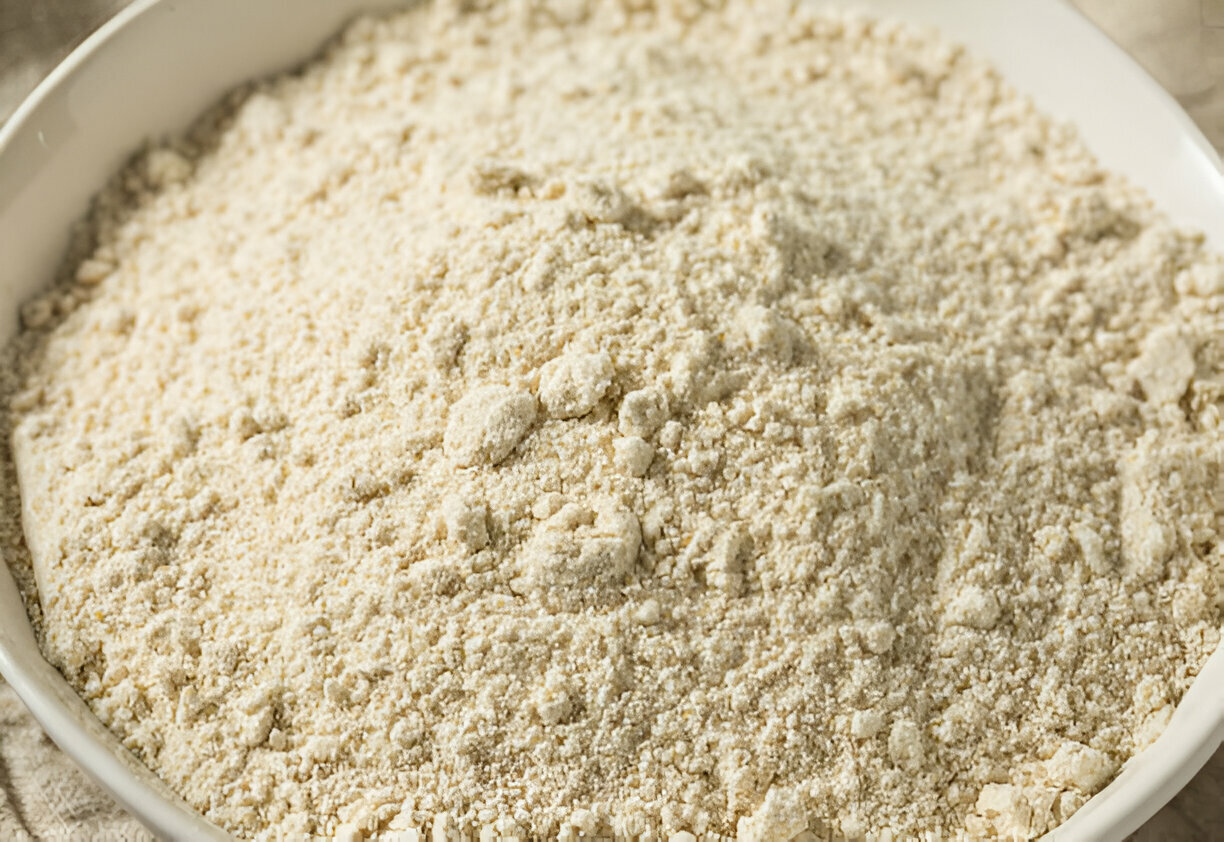
Oat Flour Recipe
Making oat flour at home is a simple way to create a fresh, naturally gluten-free ingredient perfect for baking and cooking. With just one ingredient and a quick blend, you’ll have a soft, fine flour that adds a wholesome touch to your favorite recipes.
Pin
Print
Save
Servings: 1
Calories: 110kcal
Ingredients
- Old-fashioned oats steel-cut oats, or quick-cooking oats (certified gluten-free if needed)
Instructions
- Oat flour can be prepared in small batches as needed or made in larger quantities for future use. To begin, fill a high-powered blender or food processor no more than halfway with oats. Keep in mind that the yield varies depending on the type of oats used—old-fashioned and quick-cooking oats produce a 1:1 ratio of oats to flour, while steel-cut oats will yield approximately twice the amount of flour per cup.
- Process the oats on high speed until they transform into a fine, powdery flour, typically within 20 seconds to a full minute. If the oats are not blending efficiently, particularly in a blender with a wide base, add more oats to improve traction. The flour should have a soft, powder-like texture with only a slight graininess; if any visible oat fragments remain, continue blending until fully refined.
- For storage, transfer the freshly ground flour into an airtight container labeled with the date. Stored in a cool, dry place, it will maintain freshness for up to three months. Since oat flour contains natural oils from the whole grain, its shelf life is shorter than that of refined flours.
Nutrition
Calories: 110kcal
Did you make this recipe?Want more delicious recipes like this? Follow us on Pinterest for daily inspiration! Click here to Follow me on Pinterest @Sevten